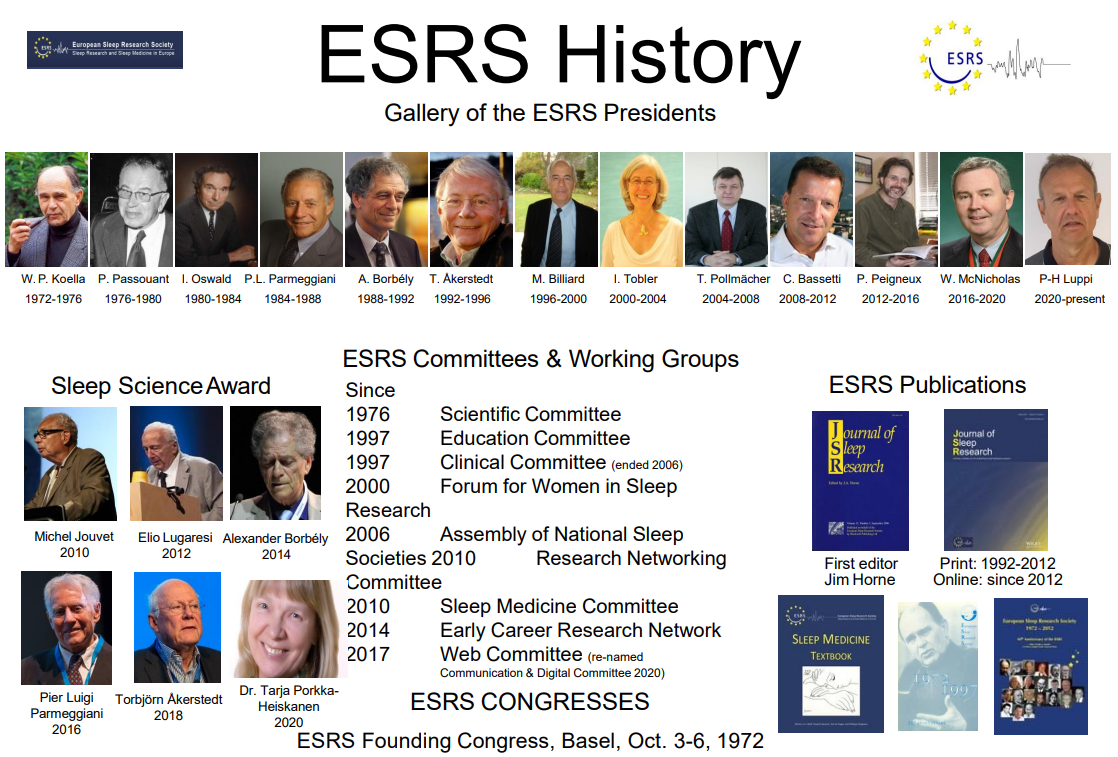Psychological Characteristics in Habitual Self- and Forced Awakeners
How much do you know about self-awakening?
Prof. Dr. Fiorenza Giganti and Dr. Serena Malloggi from the Department of NEUROFARBA, University of Florence, Italy, provides some insight on the psychological characteristics in habitual self-awakeners and forced awakeners. This study was done in collaboration with the University of Campania Luigi Vanvitelli.
Awakening can occur either spontaneously (self-awakeners) or can be provoked by an external event (forced awakeners). Self-awakeners are able to wake up at the desired time in the absence of external means, while forced awakeners can wake up at a predetermined time only using external means.
According to their study, the self- awakening habit in the general population appears to change according to age, with higher percentages of self-awakeners among older subjects, and only 10% – 26% in young adults.
It is evident that there are some physiological variables that contribute to self-awakening, however, psychological factors involved in the self-awakening ability are less explored. In order to cover this gap, their study aimed to explore sleep habits and features, subjective sleep and awakening quality, circadian preferences, personality traits, and anxiety and depression levels in selected self-awakeners and forced awakeners.
Preliminary results show that 15% of the sample reported to habitually wake up from nocturnal sleep without using external means – similar to those previously observed by studies conducted on samples of comparable age. Habitual self-awakeners reported
- more regular sleep-wake schedules compared to forced awakeners
- higher rMEQ scores indicative of a morning preference
- more well-rested, wake up more refreshed and experience greater daytime alertness
The innovative aspect of their research looks at the personality traits of habitual-self awakeners compared to forced awakeners. Self-awakeners were found to be more conscientious and open, but less extroverted.
Watch their presentation below for further insights on the methodology used and greater details on their findings, especially as it relates to personality dimensions.
Even more details can be found in their publication:
Malloggi et al. (2021). Sleep and psychological characteristics in habitual self-awakeners and forced awakeners. Chronobiol Int.
Reminders
Sleep Europe 2022 Abstract Submission – Deadline Extended!
The ESRS Board has extended the deadline for abstract submissions for the 26th Congress of the ESRS until 26 April. We urge you to use the time to finalise your drafts or start the process today! All accepted abstracts will be published in the Journal of Sleep Research as well as in the interactive programme online. This will allow your research findings to be seen by professionals around the globe.
Application Deadline: 26 April 2022, 23:59 CET
More details here.
Sleep Europe 2026 Bid Manual Available
The ESRS Board cordially invites European national sleep societies and cities/venues wishing to host the Sleep Europe 2026 congress to present an attractive bid document to the ESRS. At least 1,800 people are expected to participate in this meeting.
Application Deadline: 29 April 2022
More details here.
Research Grants Available
The ESRS has recently launched a grant in support of Ukrainians leaving Ukraine due to the conflict. This research grant is for a 3-month study stay aimed at sleep researchers, investigators, scientists and clinicians.
Applications will be accepted on a rolling basis.
More details here.
The ESRS supported by our corporate member Bioprojet, is offering a 10.000 € grant to support a young physician working in the field of daytime sleepiness. The grant should support an ongoing or new research project and should be completed within three years.
Application Deadline: 24 June 2022
More details her
Recent publications from ESRS members
- Baptista et al. (2022). Factors associated with dentists’ search for oral health information during the COVID-19 pandemic. Braz Oral Res.
- Sánchez-de-la-Torre et al. (2022). Long-term Effect of OSA and CPAP Treatment on Blood Pressure in Patients with Acute Coronary Syndrome. Ann Am Thorac Soc.
- Gool et al. (2022). Data-Driven Phenotyping of Central Disorders of Hypersomnolence With Unsupervised Clustering. Neurology.
- Verhoeff et al. (2022). Parkinson’s disease, temporomandibular disorder pain and bruxism and its clinical consequences: a protocol of a single-centre observational outpatient study. BMJ Open.
- Sterling et al. (2022). Impact of Positive Airway Pressure Therapy Adherence on Outcomes in Patients with OSA and COPD. Am J Respir Crit Care Med.
- Arthaud et al. (2022). Effects of sex and estrous cycle on sleep and cataplexy in narcoleptic mice. Sleep.
- Pépin et al. (2022). Digital markers of sleep architecture to characterize the impact of different lockdown regimens on sleep health during the COVID-19 pandemic. Sleep.
- Bijlenga et al. (2022). Usefulness of the Maintenance of Wakefulness Test in central disorders of hypersomnolence: a scoping review. Sleep.




